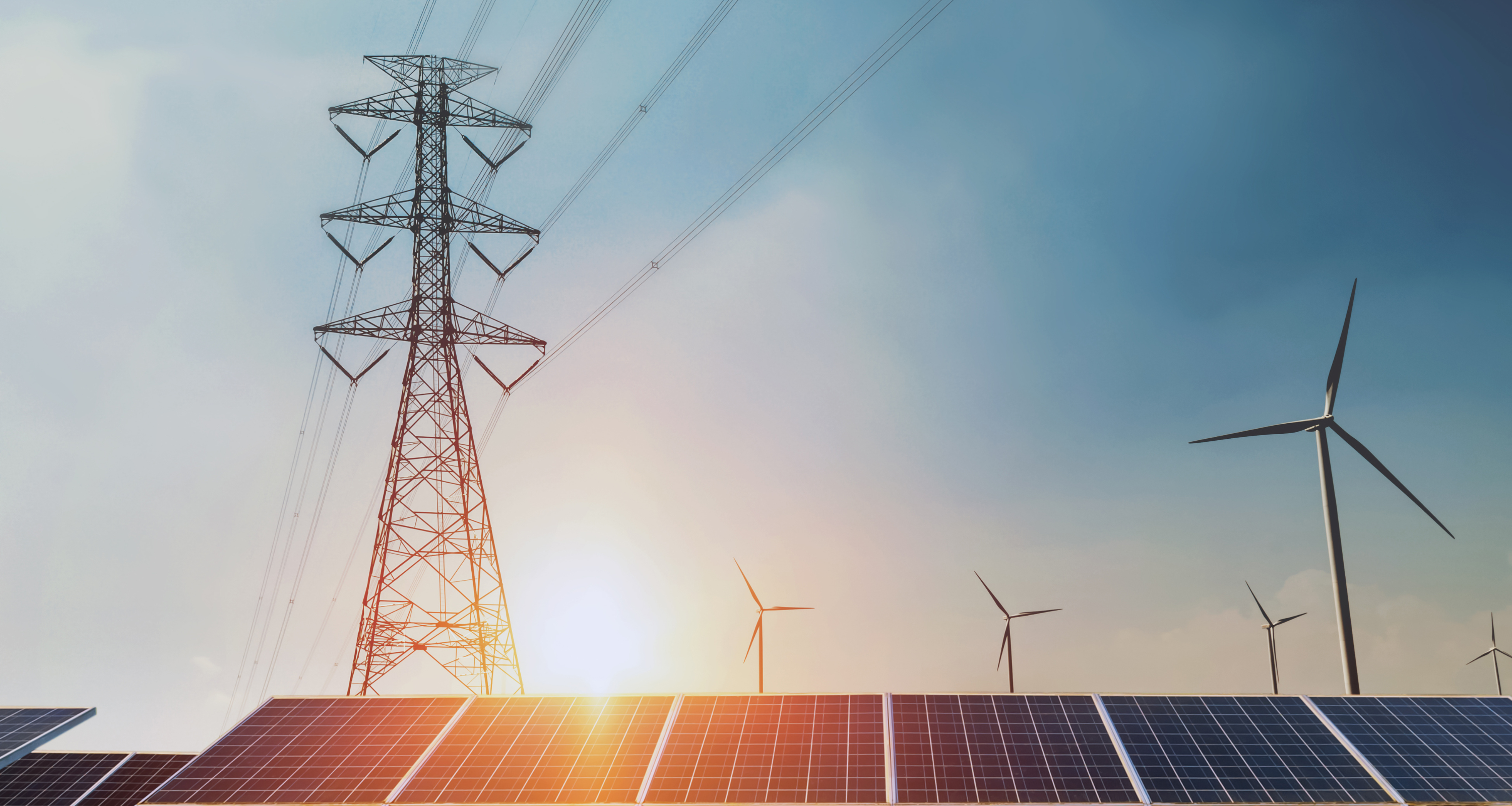The Value of Transmission During Winter Storm Elliott
As families gathered for the holidays at the end of last year, in many regions, they were joined by an unwelcome guest: bitter cold.
From December 22-26, 2022, Winter Storm Elliott brought near-record low temperatures and wind chills across much of the Central and Eastern U.S. In the power sector, record winter electricity demand coincided with the large-scale loss of fossil power plants due to equipment failures and interruptions to natural gas supplies. Parts of the Southeast experienced rolling blackouts as electricity demand exceeded supply, while power prices spiked in many regions.
Additional transmission capacity would have protected consumers from those blackouts and price spikes by bringing in power from other regions. The large differences in power prices across regions as Winter Storm Elliott moved west-to-east across the country, plus the economic cost of outages in parts of the Southeast, indicate the value a stronger power grid could have provided during the event.
This report finds that in some areas modest investments in interregional transmission capacity would have yielded nearly $100 million in benefits during the 5-day event, while most areas could have saved tens of millions of dollars.
Join leaders from across the clean energy sector.

What will our next 20 years look like? Here’s the truth: they’ll be better with ACORE at the forefront of energy policy.
Shannon Kellogg
Amazon Web Services (AWS)
